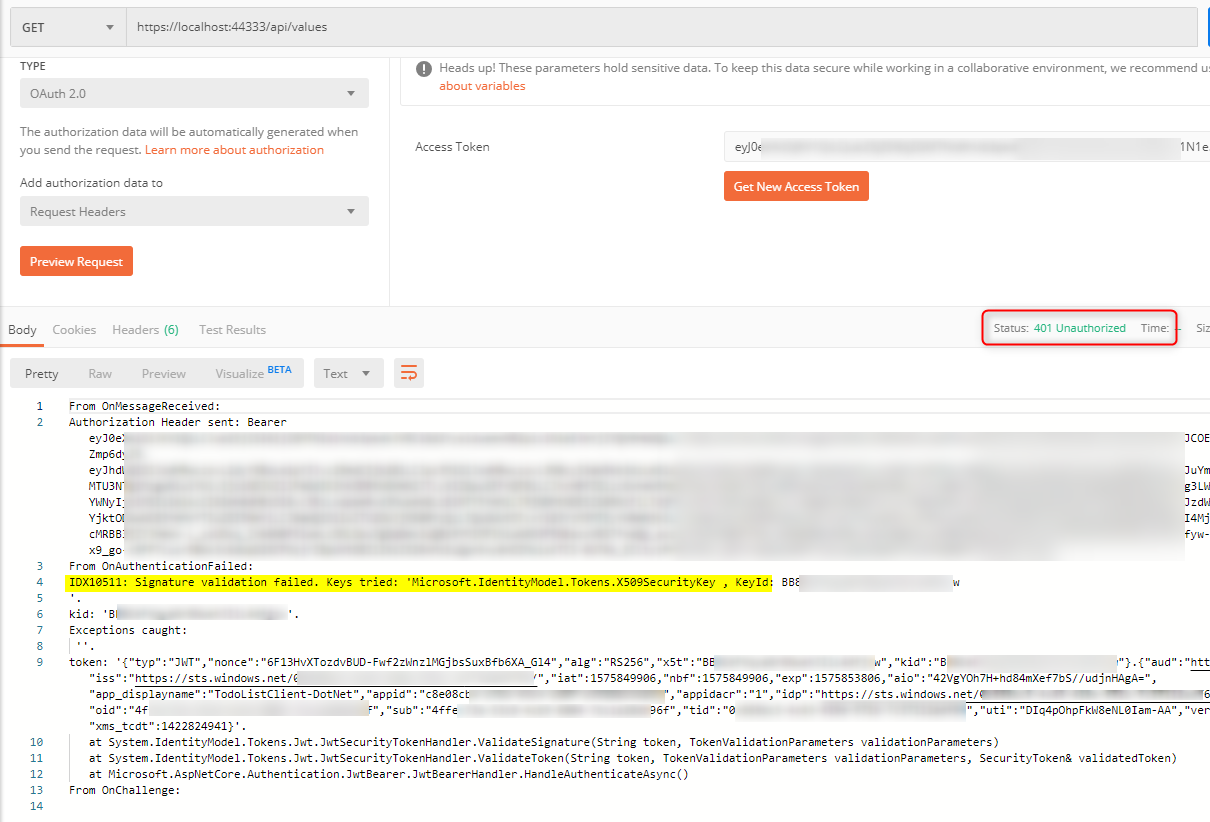

When you design and build large or complex microservice-based applications with multiple client apps, a good approach to consider can be an API Gateway.
#MASSTRANSIT AZURE 401 HOW TO#
NET Core it is cross-platform allowing you to deploy on Linux or Windows.Īfter the initial architecture and patterns explanation sections, the next sections explain how to implement API Gateways with Ocelot. NET Core lightweight API Gateway that you can deploy into the same application deployment environment where you are deploying your microservices/containers, such as a Docker Host, Kubernetes, Service Fabric, etc. The main reason why Ocelot was chosen to be used in eShopOnContainers reference application is because it is a. It is lightweight, fast, scalable and provides routing and authentication among many other features. NET Core based API Gateway especially made for microservices architecture that need unified points of entry into their system.

Great fit to start learning this pattern with. Ocelot: A lightweight and Open Source API Gateway. In many situations those concerns could be handled in a single tier so the internal microservices are simplified.

When evolving and refactoring the internal microservices that will impact the client apps and it will be hard to maintain as the client apps need to keep track of the multiple microservice endpoints. The client apps need to know how the multiple areas of the application is decomposed in microservices. Coupling: Without the API Gateway pattern the client apps are coupled to the internal microservices.If you don’t have API Gateways, the client apps must send requests directly to the microservices and that raises problems, such as the following issues. Therefore, having an intermediate level or tier of indirection (Gateway) can be very convenient for microservice-based applications. What happens when the application evolves and new microservices are introduced or existing microservices are updated? If your application has many microservices, handling so many endpoints from the client apps can be a nightmare and since the client app would be coupled to those internal endpoints, evolving the microservices in the future can cause high impact for the client apps. If that consumption is performed directly, the client will need to handle multiple microservice endpoints to call. In a microservices architecture, the client apps usually need to consume functionality from more than one microservice. Why should you use API Gateways instead of direct communication? NET Core based microservice application with a deployment based on Docker containers. One of the most important topics is about the API Gateway pattern, why it is interesting for many microservice-based applications but also, how you can implement it in a. NET microservices guidance and eShopOnContainers reference application.


 0 kommentar(er)
0 kommentar(er)
